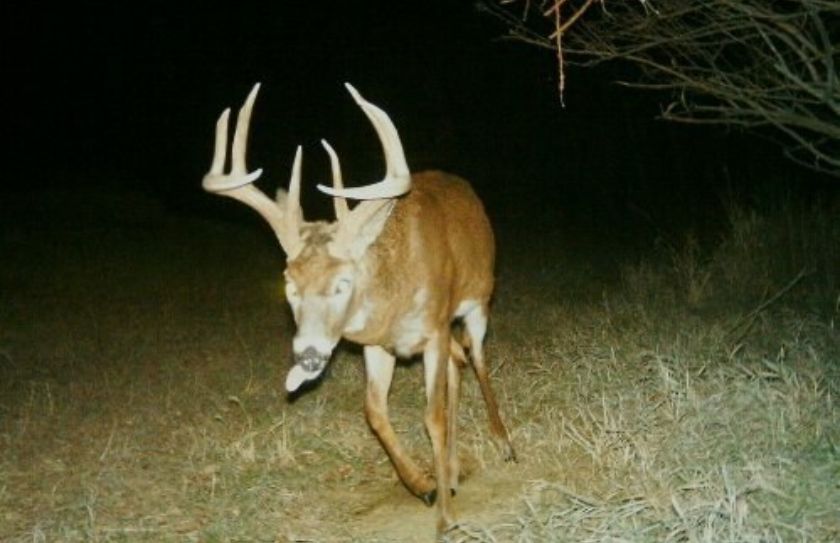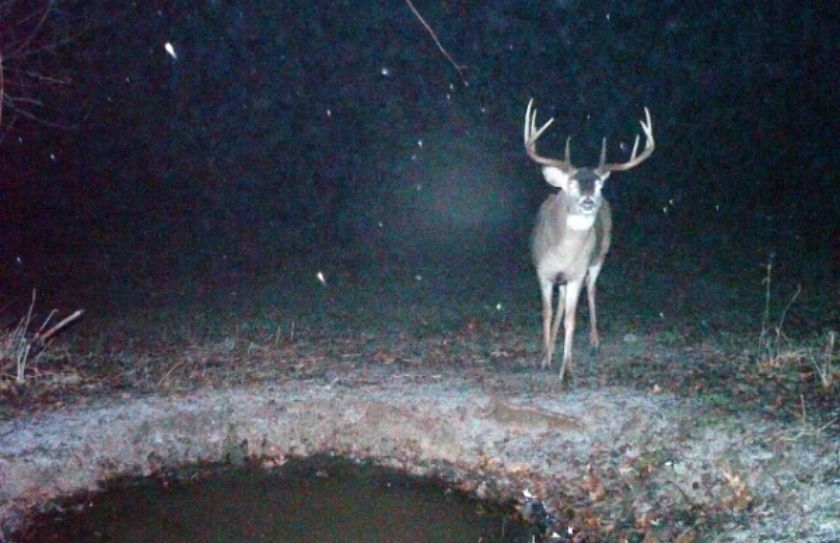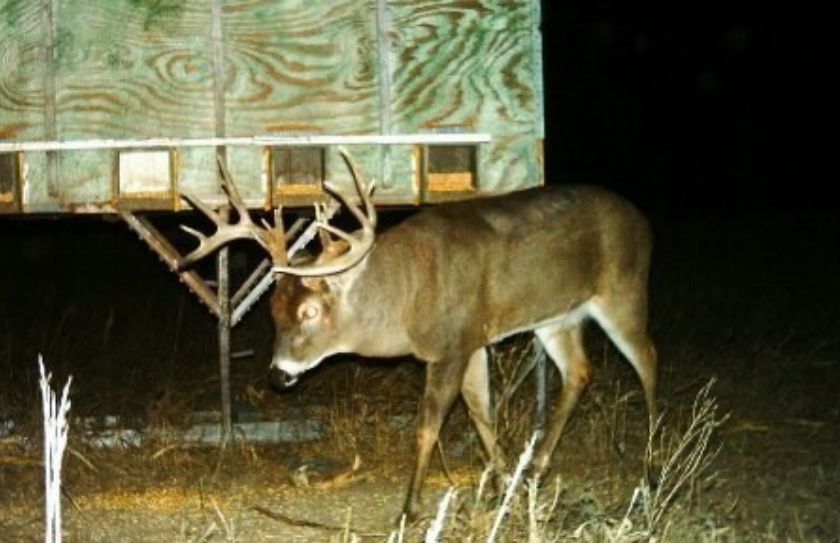A target buck encounter is often what dreams are made of. If you are able to narrow your hunting focus to the harvest of specific buck on a consistent basis, you need to apply a very personal plan of attack. A particular buck's personality, home range and timing of habitat use, needs to be understood to such a defined level of intimate knowledge, that you should eventually be able to out-think your prey. For you to be successful with an old monarch that you have hoped to have an Autumn date with, you need to do your best to enter the mind of that buck.

*Don't forget to check out my trilogy of Advanced Whitetail Strategy books, including my latest book,"Mature Buck Success by Design".
Luck and Hard Work?
Does the process for finding consistent mature buck success sound overwhelming? It isn't, because your next target buck encounter can potentially have a lot less to do with luck or hard work, than you may think. Why? Because there are several methods of hunting strategy that you can use, to efficiently kill the target buck that you are after nearly every single year. Beginning in the late 80s, I have been able to experience shot opportunities on the various target bucks that I have been pursuing, at least 40 times. Due to inexperience, growing pains and just plain old buck fever, those oppportunities have not always ended in a successful kill. However, what those target buck encounters have added up to, have been dozen of hunting sits where I specifically climbed into a stand or crawled into ground blind, to kill a buck that I had thought I had become personally familiar with. Often, the entire process of honing in on a target buck has taken 1-2 years or more, but the decades of pursuits have been rewarding (at times heartbreaking), revealing and invaluable, as they have each contributed to shape the hunter I am, today.
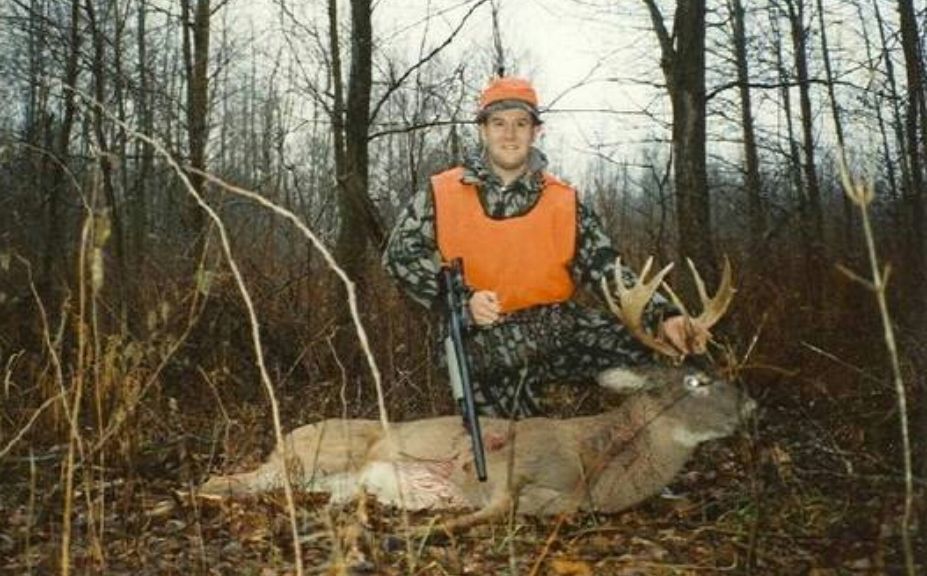
*This 1993 webbed monster was at the time, the biggest buck I had ever seen in the woods, let alone shot. Although not my first target buck encounter, he offered my first successful encounter. After missing this target buck with my bow twice during the archery season, I used the neighbor's hunting pressure to insure an encounter on the opening day of MI's gun season. To read more about how to manage your own level of hunting pressure, check out, "Important Deer Hunting Pressure Control Tactic".
1) Prioritize Your Prep Time:
Consistently creating target buck encounters doesn't take a lot of time, it just takes the ability to recognize what is an efficient use of your time as it relates to the current or potential movement of whitetails. For example when I recently went squirrel hunting on the 40 acre parcel I have hunted for 2 years, I walked through roughly 10 acres of ground that I had never traveled through or scouted. I already knew it was a great bedding area, I had a good idea of the variety of habitat within the area, and by the lay of the land and various habitat features, there really wasn't much else to confirm.
During the last 2 years I spent my time scouring topo maps, using food, water and mock scrapes to establish defined lines of existing movement opportunity, and making sure that my treestand sets were located in the best possible trees. Then, I made sure "on paper", that the several access routes that I would travel, were the least invasive routes to avoid deer, during the time of the day or season, that I could potentially use. There are many portions of the 40 acre parcel that I still haven't seen, because finding consistent target buck encounter success has less to do with seeing every square inch of a parcel, and a lot more to do with recognizing which square inches of the parcel that you need to focus on; many times without even walking on them. If and when I do walk in the woods for my own hunting efforts, I have extremely specific tasks and goals in very defined locations, because I have pre-determined how they fit within an overall movement of the local deer herd.
2) Target Buck Patterns Repeat:
Whether you own the land a buck lives on or not, there are often several locations or more within a couple of hundred acres, that could potentially attract and hold a mature buck during the daylight. Sometimes these movements occur within the borders of your land, but most often they overlap within a movement pattern that takes them on and off, your land. Discovering these movements takes a lot less boot time than you may think, because if the movement doesn't make due to the topography, changes of habitat, food and cover options, then it probably will not be consistenly used by a mature buck. Finding patterns that repeat often, has been the key to my personal success, even if that means using a wide variety of stand locations to do so.
The great thing about locations that produce consistent opportunities for target buck encounters, is that you should be able to count on them for years to come. From 2001 to 2015, I used roughly 24 different stand locations, to harvest 27 bucks. But even with that extreme variety in stand locations, the majority of those set ups not only related to each other, but were the result of purely focusing on known target buck movement patterns. If you seek the most remote and secluded portions of a particular mature buck movement pattern, other bucks will eventually slot into the movement. By creating 3-4 stand locations to take advantage of each of those movements in most secure and remote locations, then you can hunt whichever buck is using a particular movement, regardless of the time of day or time of the season. If target buck is killed or not currently using a specific pattern, eventually one will, and you should learn to recognize when.
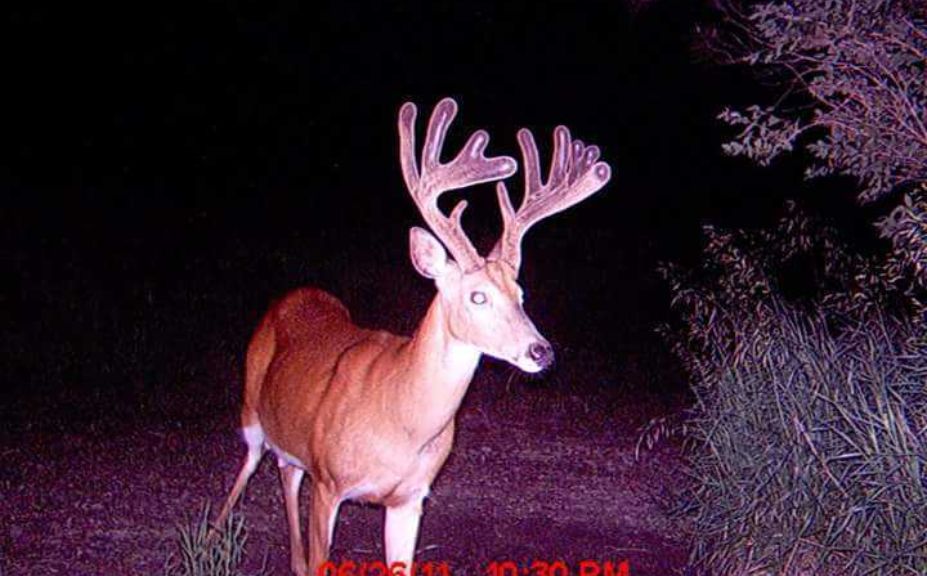
3) Target Buck Recognition:
Which buck is using which established movement pattern? By recognizing the sign that relates to a specific movement pattern, you can easily learn to spot when a mature buck is slotting into a particular core daytime area. Then, by using a trail cam or two (most likely already in position prior to the start of the season), you should then be able to focus on a particular buck within that area. Getting back to the priority of your time, if I have not discovered a mature buck within a specific pattern of mature buck movement I am familiar with, I do not hunt those stand locations that relate to the movement. It's that simple. If I want to just enjoy sitting in the woods and enjoying the scenery, I will sit with one of my sons, or head to a doe killing stand. However, if my goal is to harvest a particular target buck, then I will not head to a treestand unless I can recognize that he is already there. Typically a mature buck will slot into a very defined pattern of daylight core habitat use, by his 3rd or 4th year, and when he does be ready to hunt him (sometimes several years) until the day he dies.
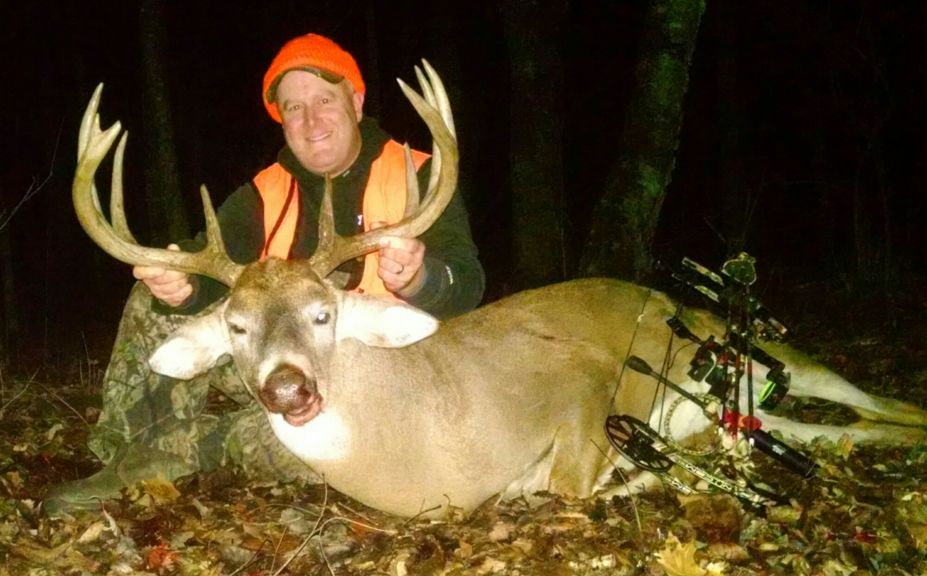
*The opportunity for prioritizing my hunting preparation for a specific target buck (including this last buck from 2015), is what has created my hunting dreams. It is because of that passion that I have developed a full time career in the whitetail industry, and is also a large part of the fuel for feeding the motor, that drives me to bring that information to you. Getting to know a particular buck is an incredible opportunity for you too, so I encourage you to read, "Trail Cam Placement for Buck ID".
4) Timing Your Next Target Buck Encounter:
When you recognize that a particular mature buck movement pattern is being used, the time is NOW to hunt him. While some target bucks may take until the end of October or early November to slot into the annual movement pattern that you have have discovered, they have to live somewhere, before then. If that somewhere is on your land in September or early October, don't wait, because there is a great chance he can die or move, if you wait to long.
Timing patterns often repeat themselves from season to season. If a mature buck showed his face (or sign) during the first week of October the prior year(s), then make sure to be ready at the exact same time, when the weather and wind conditions are right. Often just 1 picture can tell you exactly where a mature buck will be the following year. Hunters often make the mistake of "hunting hard to produce a particular target buck encounter, all season long, when in realistically that buck was only going to offer a daytime encounter during a period of 1 to 4 weeks. By recognizing specific annual mature buck core movement patterns, as well as the target bucks that use them, you can then scatter your efforts for your next target buck encounter, among multiple bucks. When you climb into a stand this season, there should be very few suprises for which target buck should walk by. You should have stands in place within recognized traditional patterns of movement, you should recognize the sign or pictures that let you know a buck has slotted into the movement, and you should know exactly when he has a high probability of cruising by.
5) Expect The Encounter:
If you don't know which buck should be traveling by your treestand, or when he should do so and why, then why sit in that stand? I rarely hunt blind for a buck. Instead, when I climb a tree, it isn't just a time of the season, a particular day, or a particular weather pattern that narrowed down my choice to sit that day. Instead, when I use set food in the woods, it is because I I expect a particular target buck to be moving on that day, by that stand, during the particular weather pattern that a chose to hunt him. Creating consistenly predictable encounters for a target buck, relies on your ability to get to know a very certain buck, in a very specific location, for an encounter with him on a very specific day. Not only should your success rate be high if you have done your homework, but should be able to expect success.
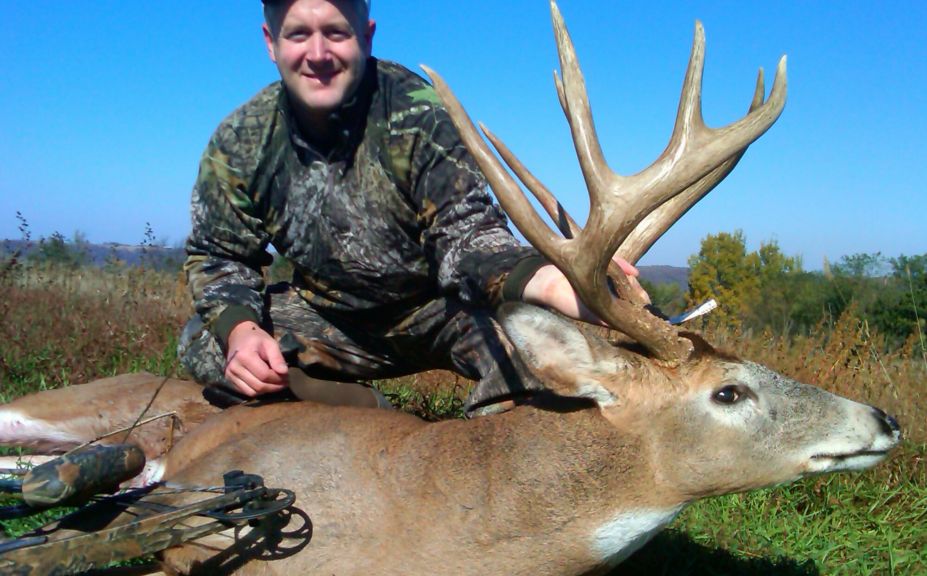
*We knew this buck would be a special one as we watched him develop during the summer of 2011. His June 26th picture at the beginning of this article, was just barely beginning to show his 174 gross inches of potential! As a 5 year old monster we watched for 2 years, he had to known on nearly a personal level, before he offered shot potential. How do you you ID a reclusive old giant? Check out,"Using Trail Cams To ID Target Bucks".
Get To Know Him:
Ultimately, if you have prioritized your hunting approach, gotten to know specific mature buck movements, learned to recognize when a certain buck has slotted into particular movement, and you know what day to try to kill him, you have become intimately familiar with that buck. If that is the case, not only should you expect to have an encounter with him when you climb into a tree, but you should be familiar enough with him to know his thoughts, before he does. Sure, there is a small amount of luck and sometimes a fair amount of hard work when it comes to consistenly killing mature bucks, but if you rely more on careful, prioritized planning, you can create highly efficient, annual opportunities to make your dreams come true.
